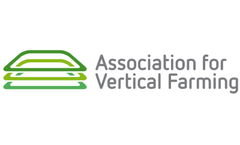Cattle Feedlot Articles & Analysis
5 articles found
In 2018, cases of E.Coli found in Romaine Lettuce caused ninety-six hospitalizations and were later traced back to water contaminated by a cattle feedlot upstream. In 2006 North America experienced an outbreak of E.Coli in freshwater spinach which was later shown to have been grown near a cattle ranch where the proximity of waterways to wells ...
In some countries, such as Brazil and Argentina, beef cattle are almost entirely grass-fed. In others, such as the United States and those in Europe, beef is produced with a combination of grass and grain. ...
Received for publication April 30, 2008. Waste excreted on cattle (Bos taurus) feedlot pens is a source of N and other nutrients that could potentially leach into soil and negatively impact local groundwater quality. ...
The use of dried distillers' grains with solubles (DDGS) in feedlot cattle (Bos taurus) diets is increasing as the bio-ethanol industry expands. This study investigated how wheat (Triticum aestivum L.) DDGS-based diets impact feedlot cattle nutrient and volatile fatty acid (VFA) excretion. Feedlot heifers were ...
Ammonia and hydrogen sulphide flux and dry deposition velocity were estimated using micrometeorological vertical gradient flux method at a commercial cattle feedyard of approximately 50,000 head of beef cattle and average 14.4 m²/head (150 ft²/head) stocking density. Ammonia-N and H2S-S loss had general diurnal patterns with the highest fluxes in daytime and lowest fluxes in nighttime that ...




